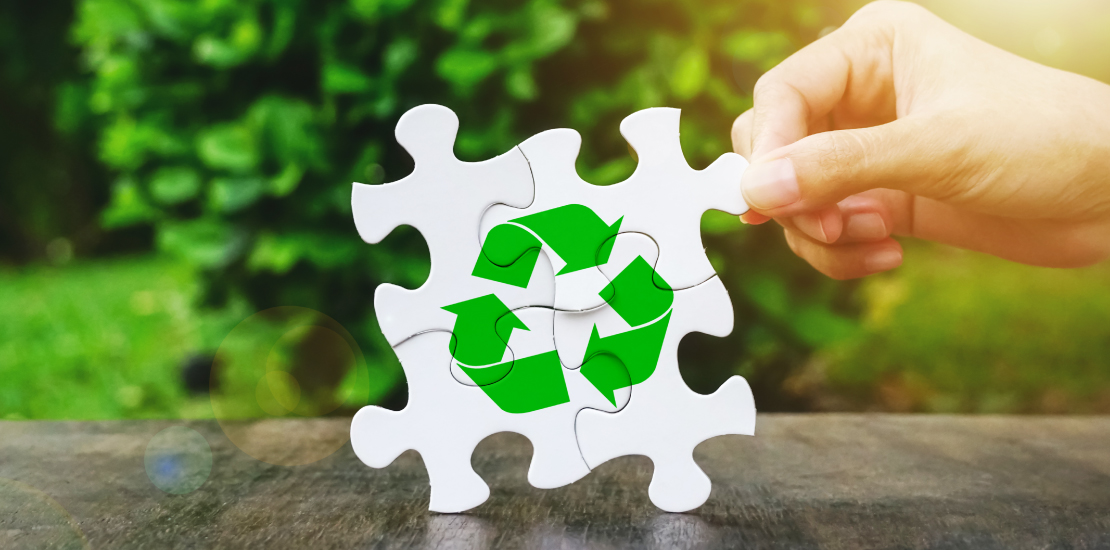ANZRP unlocks the plastic recycling puzzle
- 2024-08-29
- Posted by: ANZRP Team
- Categories: ANZRP, Uncategorized

Since the implementation of new restrictions on the export of waste plastic in 2022, e-waste recyclers and Co-regulatory Arrangements have faced challenges in meeting recycling targets due to a lack of domestic plastics recycling capacity and demand. With plastics making up approximately 25% of all e-waste by weight, achieving the 90% materials recovery target requires having a plastics solution in place. In the absence of such a solution, large volumes of plastic were destined for landfill.
ANZRP have always been committed to finding a recycling solution for our entire recycling network – and one through which all plastic is beneficially recycled and kept within the circular economy. With each recycler now finding a solution, our material recovery rate is accelerating back towards a minimum of 90%.
The last piece of this puzzle was finding a localised solution in Perth to process the volumes we collect across Western Australia. Whilst these volumes could easily have been directed to plastic recycling facilities on the eastern seaboard, ANZRP had a strong desire to not only avoid the environmental footprint and financial cost of transporting this material across the Nullarbor, we were also eager to support the local circular economy.
Following a recent compliance visit, Total Green Recycling (TGR), with oversight provided by ANZRP, has now identified and approved for use, Enviro-Recycling, a Perth-based processor. Enviro-Recycling, working hand-in-hand with TGR, were able to demonstrate to ANZRP that they have a process that fulfils our compliance framework and requirements. TGR process e-waste plastic through a hammer mill and remove contaminants via optical sorting. This material is then sent to Enviro-Recycling, where it further shredded into a flake, washed, and then processed via a sink-float system to remove and separate the ABS plastic (acrylonitrile butadiene styrene) from the remaining plastics. These outputs then go through a further process which separates the remaining mixed plastic (by colour and type), and then extrudes and granulates these to create various pelletised finished products.
ANZRP’s audit encompassed the interrogation and assessment of the downstream flows and customers. This confirmed the validity of the process and claims. We were pleased to see that all the plastic materials are utilised in a vast array of construction products and plastic componentry, sold mostly in Western Australia.
This was a pleasing result, and with this last piece of the plastic recycling puzzle solved, ANZRP anticipates that in 2025 we will be able to report a minimum 90% material recovery rate.